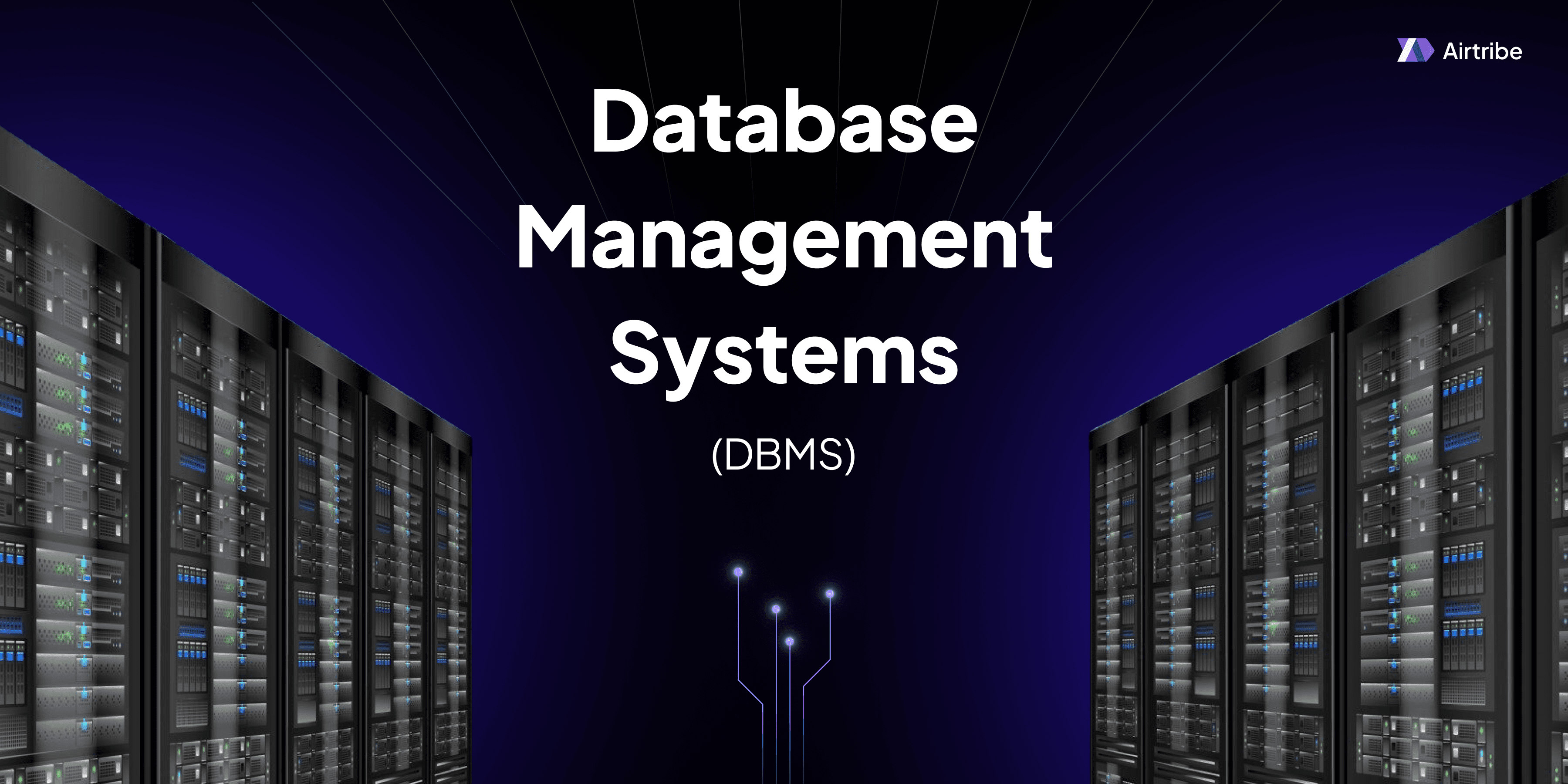What is DBMS and its applications

Understanding Database Management Systems (DBMS)
Database Management Systems (DBMS) are essential components of modern data-driven environments. This article aims to provide an in-depth overview of what a DBMS is, its core concepts, practical applications, and how it plays a critical role in managing and retrieving data efficiently.
Core Concepts and Theory
Definition of DBMS
A Database Management System (DBMS) is a collection of software tools and applications designed to define, create, manage, and manipulate digital databases. It serves as an intermediary between end users and the physical database, ensuring that data is consistently organized and remains easily accessible.
Key Functions of DBMS
Data Definition: DBMS allows for defining the structure of data by creating schemas. The definition involves specifying tables, fields, data types, and relationships among tables through constraints and keys.
Data Storage: Efficiently stores large amounts of data while ensuring space is used optimally.
Data Retrieval: Provides tools and languages (e.g., SQL) to retrieve data efficiently, enabling quick search and manipulation.
Data Update: Facilitates operations like insertion, deletion, and modification of data while maintaining data integrity.
Security and Privacy: Implements access controls and user authentication to protect data from unauthorized access and ensure that data privacy standards are met.
Transaction Management: Ensures transactions are processed reliably and adhere to ACID properties (Atomicity, Consistency, Isolation, Durability).
Components of DBMS
- Database Engine: Core service for accessing and processing data.
- Query Processor: Interprets and executes database queries.
- Transaction Manager: Manages transaction processing to assure data integrity.
- Metadata Catalog: Contains definitions of database objects and their relationships.
- User Administration: Manages user access and controls permissions.
Practical Applications of DBMS
E-Commerce
In e-commerce platforms, a DBMS manages vast catalogs, customer data, transactions, and supplier records. It ensures consistent data retrieval during simultaneous operations, such as when multiple users add products to carts or finalize purchases.
Banking Systems
Banks rely on DBMSs to handle transactions, customer profiles, account details, and audit trails. The ability to manage concurrent transactions reliably is vital for maintaining data accuracy under high loads.
Healthcare
DBMSs in healthcare systems manage patient records, appointment scheduling, billing systems, and medical research data. They ensure data accessibility and compliance with regulations like HIPAA.
Education
Universities use DBMS for managing student records, course enrollment, grades, and faculty information. A well-designed DBMS facilitates easy data retrieval and reporting for administrative purposes.
Telecommunications
For telecommunications providers, DBMSs handle billing information, call records, client subscriptions, and network usage data, supporting the analysis of telephony data for insights and auditing.
Additional Resources and References
For a deeper dive into Database Management Systems, consider reviewing the following resources:
- Database System Concepts by Abraham Silberschatz, Henry Korth, and S. Sudarshan
- Introduction to Database Management Systems from IBM’s official blog
- Online Course: Database Management Essentials by Coursera
These resources cover fundamental and advanced topics in database systems, providing both theoretical understanding and practical insights.
By grasping these fundamental and practical aspects of DBMS, professionals and students alike can appreciate their pivotal role in numerous industries and leverage them effectively for efficient data management.


